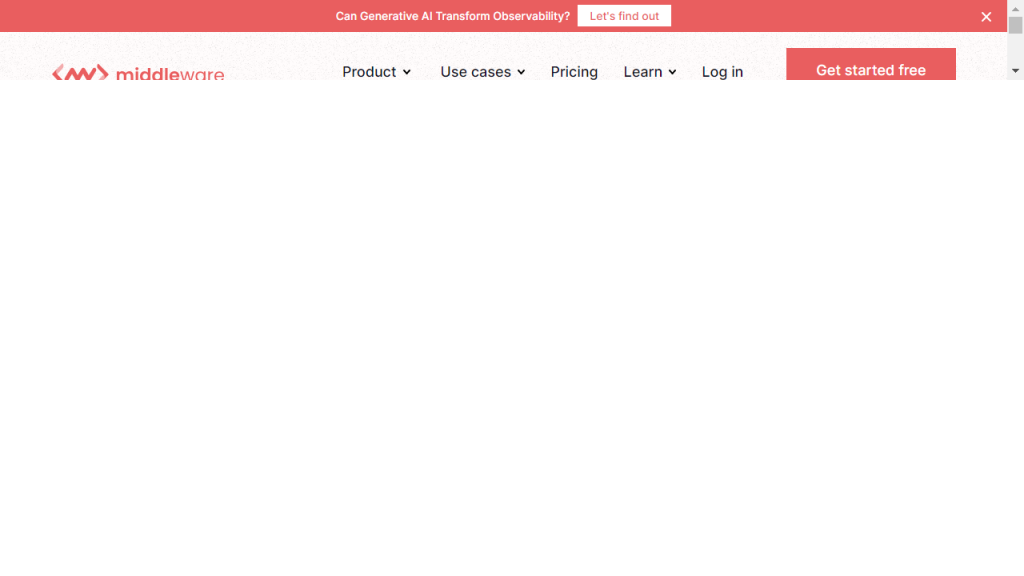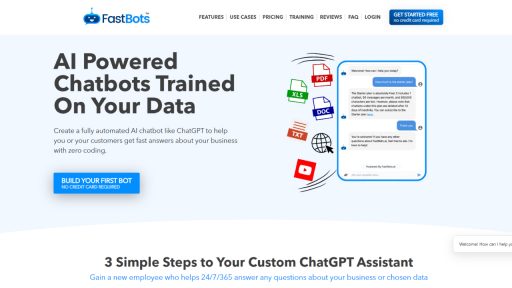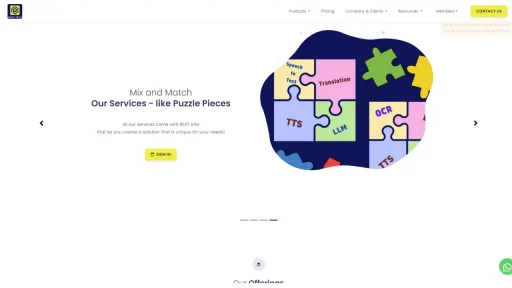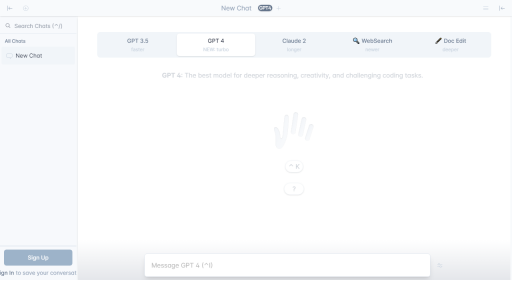What is Middleware?
Middleware is a software layer that acts as a bridge between different applications, services, or databases, allowing them to communicate and exchange data seamlessly. It plays a crucial role in modern software architecture, particularly in distributed systems and cloud computing environments. Middleware can be thought of as the connective tissue that enables various components of a system to interact without needing to understand each other’s inner workings. This abstraction helps developers focus on building features rather than dealing with the complexities of integration. Middleware can facilitate various tasks such as messaging, authentication, API management, and transaction processing, thus streamlining operations and enhancing productivity. By providing a standardized way to handle interactions, middleware can help ensure consistency, security, and performance across different systems. It can support various communication protocols, enabling applications to work together even if they are built on different technologies. Overall, middleware is essential for creating flexible, scalable, and maintainable software solutions in today’s fast-paced digital landscape.
Features
- Data Integration: Middleware enables seamless data exchange between heterogeneous systems, allowing for real-time data synchronization and consistency.
- API Management: It provides tools for creating, deploying, and managing APIs, making it easier to expose services and integrate with external applications.
- Message Queuing: Middleware supports asynchronous communication through message queues, which helps decouple services and improve fault tolerance.
- Transaction Management: It ensures data integrity and consistency by managing distributed transactions across multiple systems.
- Security Framework: Middleware offers built-in security features, such as authentication and encryption, to protect sensitive information during transmission.
Advantages
- Increased Efficiency: By abstracting complex integration tasks, middleware allows developers to focus on application logic, improving overall development speed.
- Scalability: Middleware solutions can easily scale to accommodate increasing loads and new services, ensuring that systems can grow with business demands.
- Flexibility: Organizations can mix and match different technologies and platforms without being locked into a specific vendor or architecture.
- Enhanced Communication: Middleware facilitates better communication between applications, reducing the chances of errors and improving data accuracy.
- Cost-Effective: By streamlining integration and reducing development time, middleware can lead to substantial cost savings in both development and maintenance.
TL;DR
Middleware is a software layer that facilitates communication and integration between different applications and services, enhancing flexibility, scalability, and efficiency in software development.
FAQs
What types of middleware are available?
There are several types of middleware, including message-oriented middleware (MOM), database middleware, remote procedure call (RPC) middleware, and web middleware. Each type serves different integration needs and communication protocols.
How does middleware improve application performance?
Middleware enhances application performance by enabling efficient communication between services, managing resource allocation, and optimizing data access patterns, which reduces latency and improves response times.
Is middleware necessary for all applications?
While not all applications require middleware, it becomes essential in complex, distributed systems where multiple services need to communicate and integrate effectively. Middleware simplifies these interactions significantly.
Can middleware enhance security?
Yes, middleware can enhance security by providing built-in features such as authentication, authorization, and data encryption, which protect data during transit and ensure that only authorized users can access services.
How do I choose the right middleware solution?
Choosing the right middleware solution involves assessing your specific integration needs, the technologies you are using, scalability requirements, and budget. It’s essential to evaluate the features and compatibility of different middleware options before making a decision.









